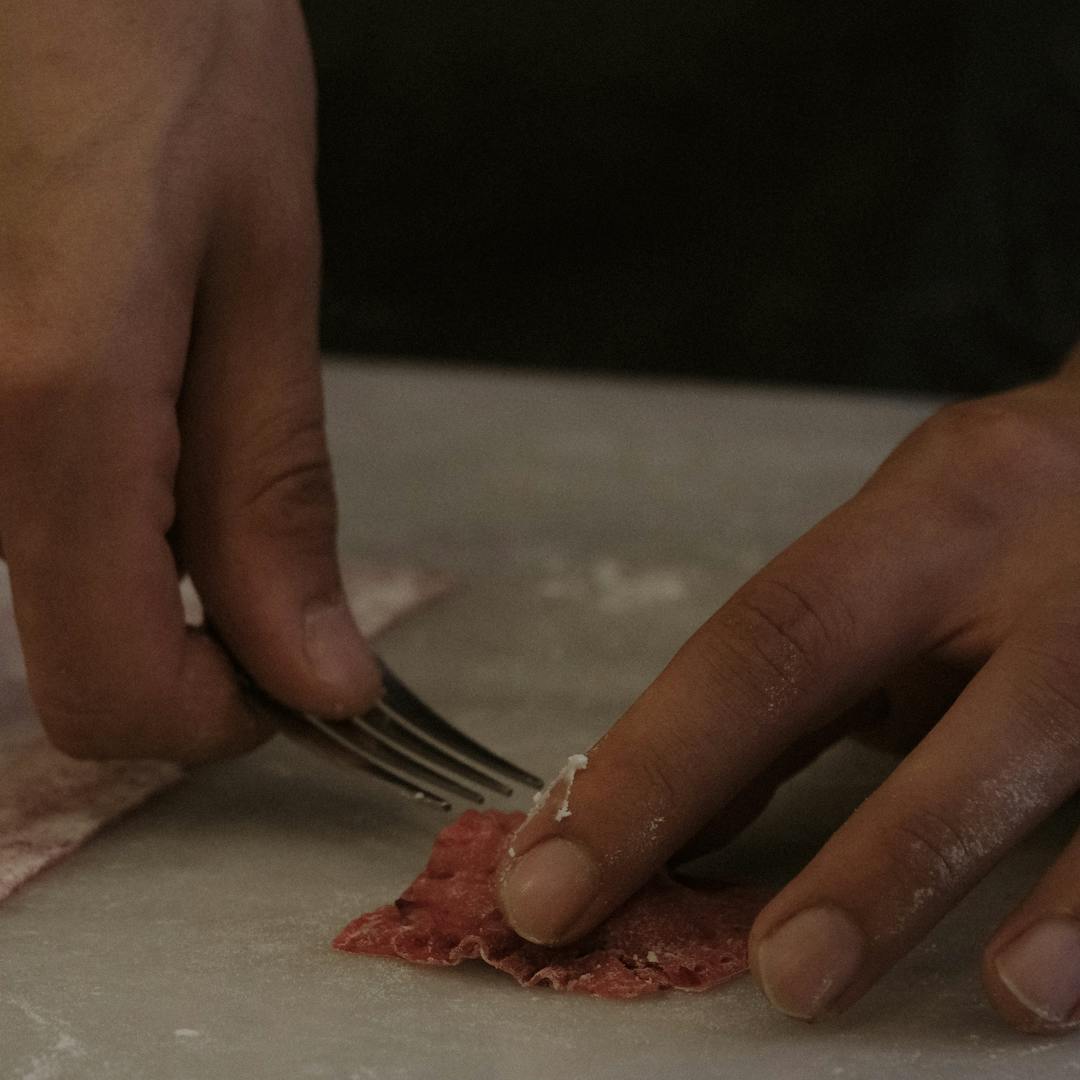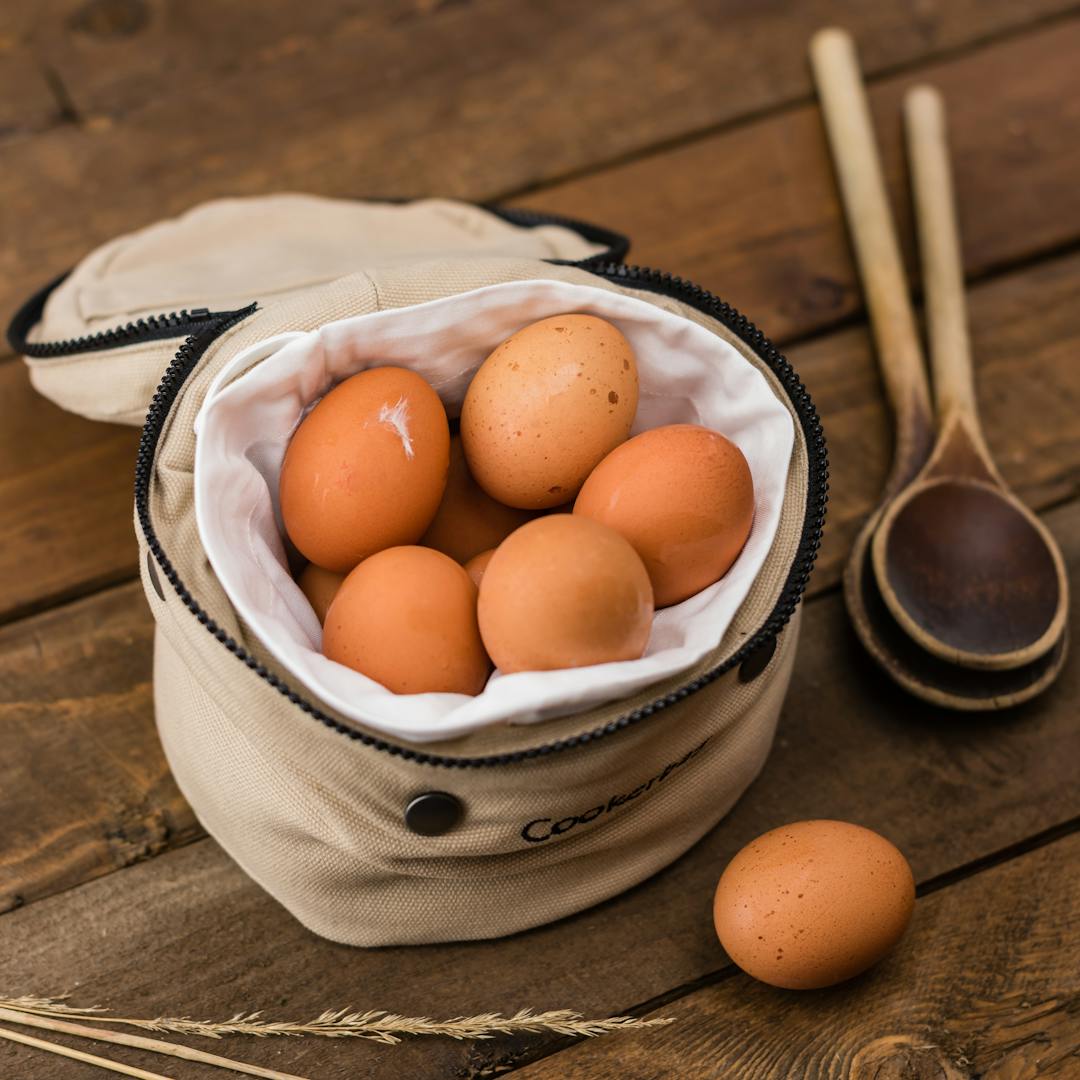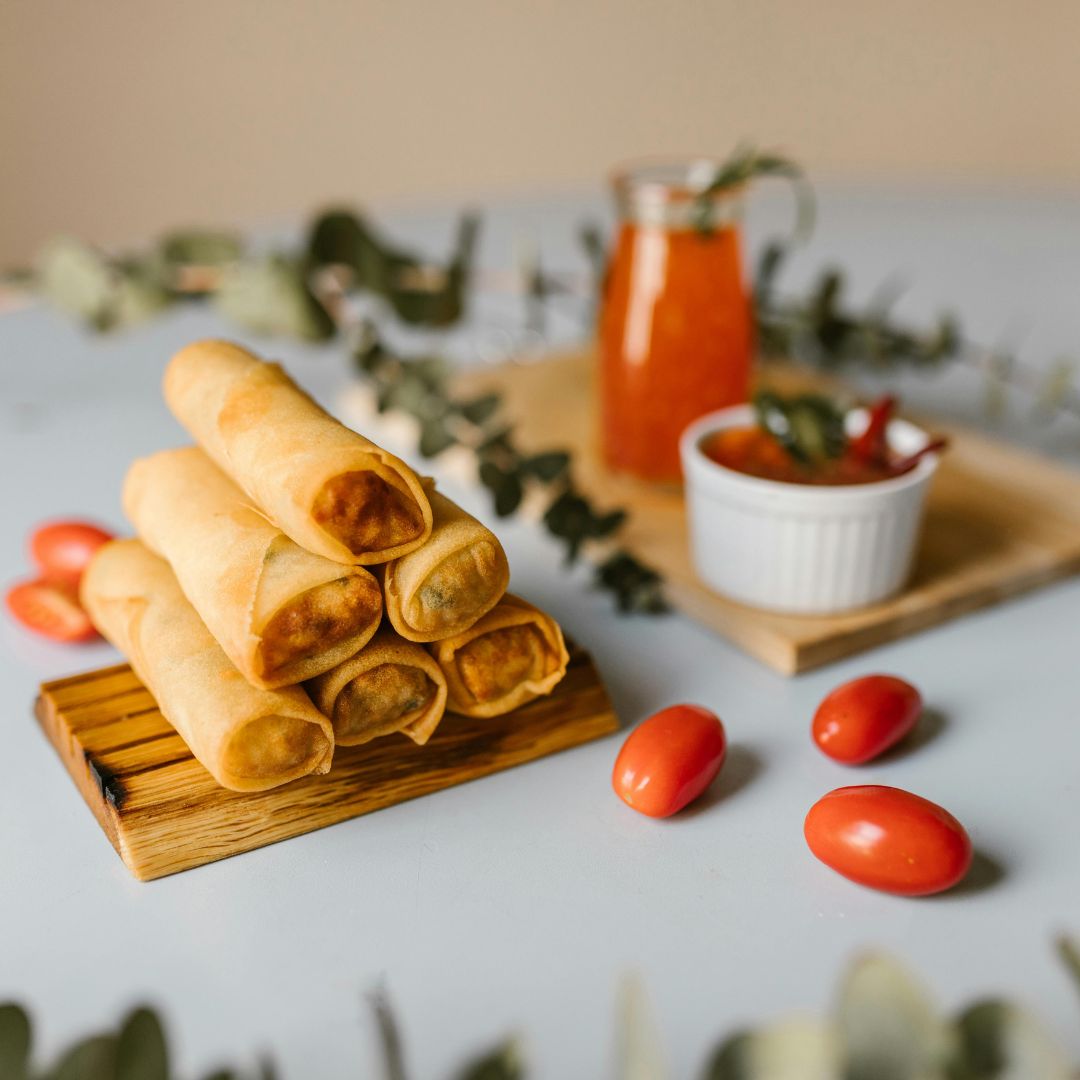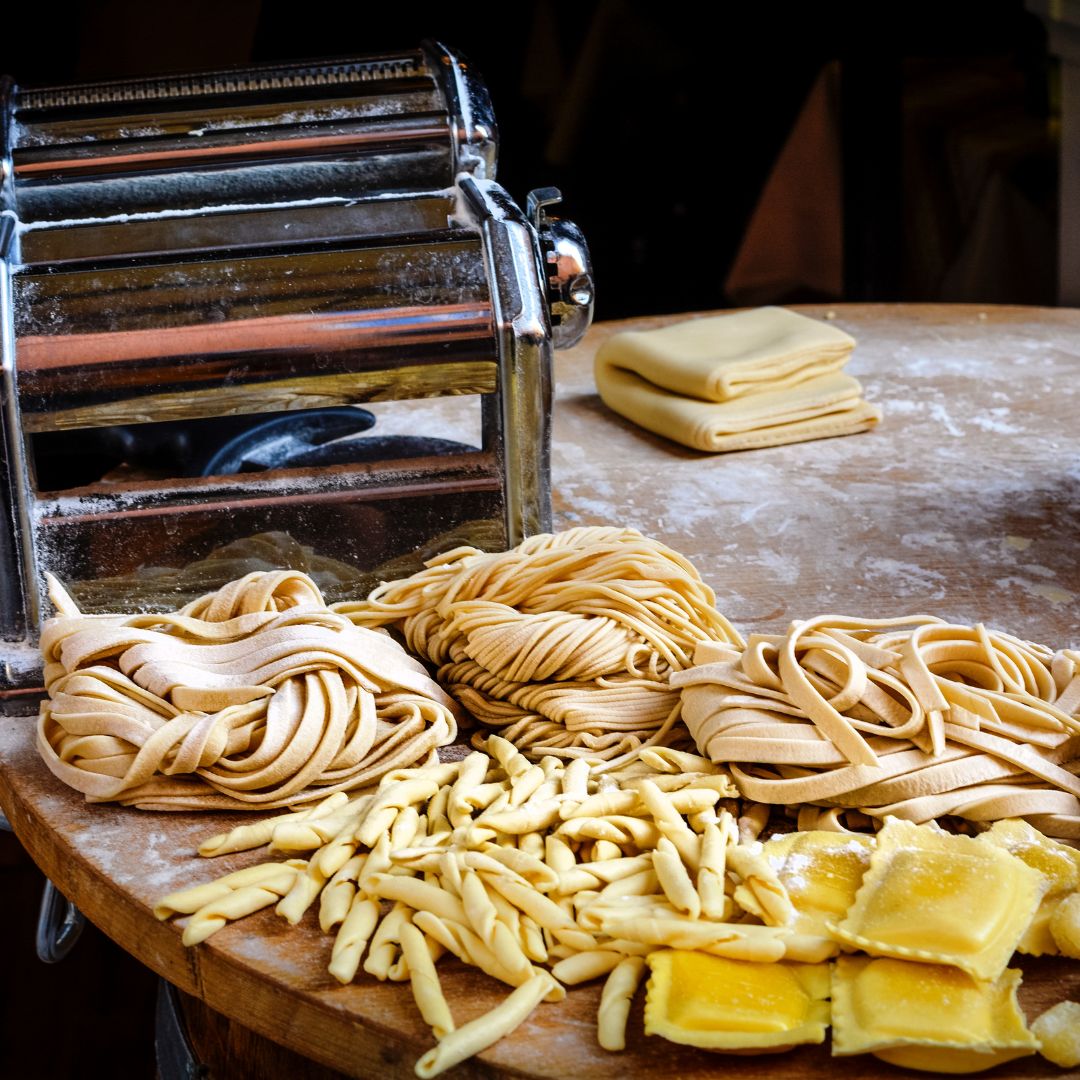Al Dente: The Subtle Art of Perfect Pasta
2025. 10. 07.
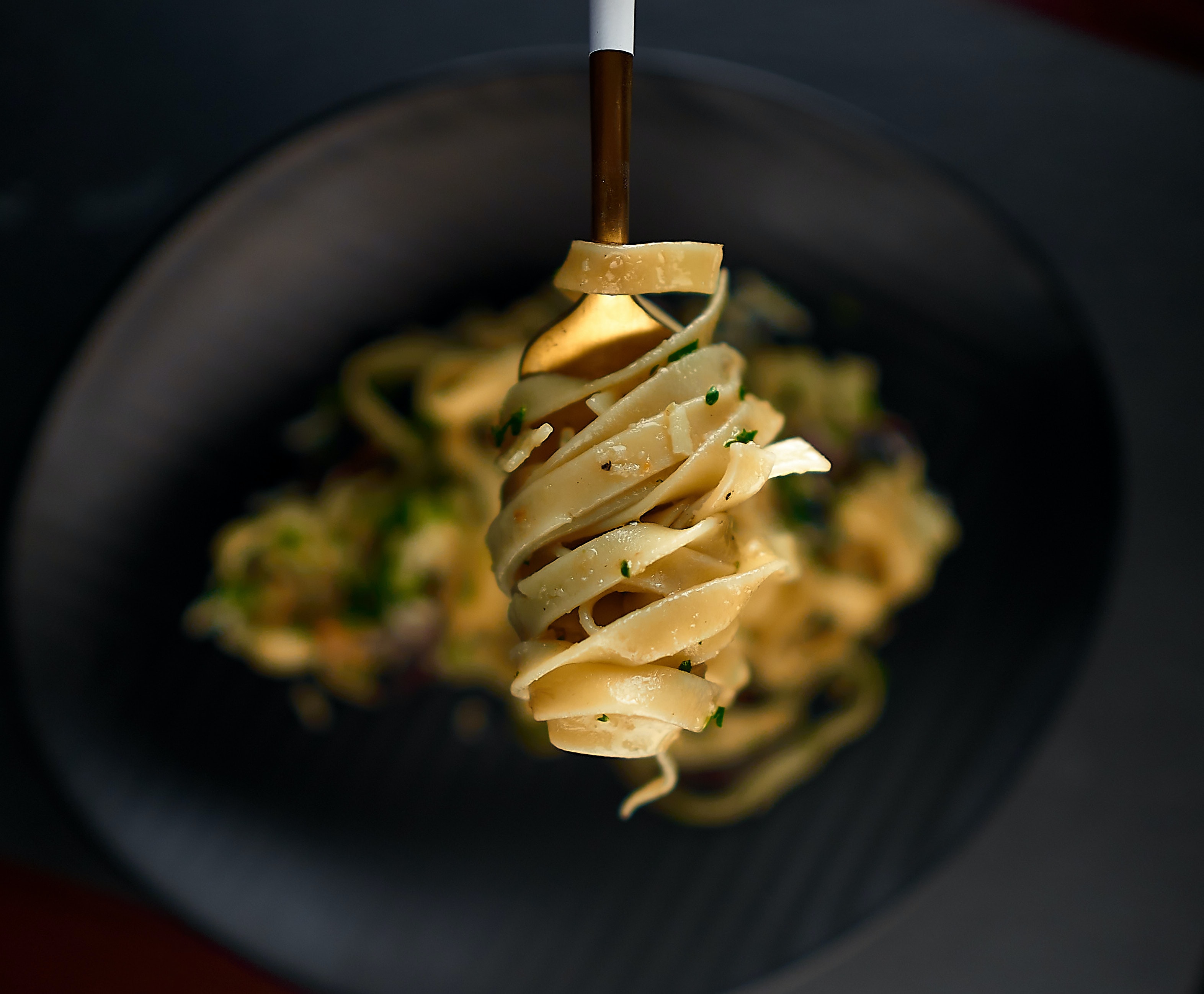
From Ordinary to Al Dente: The Secret to Perfect Homemade Pasta
How to Cook Perfect Al Dente Pasta at Home, Whether from Durum Wheat or Egg-Based Varieties
What are the best cooking times, how should you handle fresh pasta, and when is pre-cooking unnecessary? We’ve gathered the most important pasta rules so you can achieve restaurant-quality results every time.
Pasta Rules – The Basics
Everyone loves long, tender spaghetti with a silky sauce and a sprinkle of Parmesan! Or perhaps the classic cabbage pasta? Everyone has their favorite, but to achieve the perfect texture, a few basic rules must be followed.
- The Right Pot: You need at least 1–1.5 liters of water per 100 g of pasta.
- Cooking Time: For an al dente texture, it’s best to reduce the cooking time indicated on the package by 1–2 minutes.
- Do Not Rinse with Cold Water: According to the Italian method, the pasta finishes cooking when mixed with the sauce.
Italians take very seriously which thickness, shape, and length of pasta pairs with each sauce – and what is allowed or forbidden during cooking.
Al Dente – The Secret to That Perfect Texture
In Italy, the basic rule is to cook pasta al dente. This means it retains a slightly firm, “toothsome” center. To achieve this, reduce the cooking time on the package by 1–2 minutes.
Recommended Cooking Times for Al Dente Pasta:
- Durum Spaghetti: About 6 minutes – even when cooked firmer, many people prefer it this way.
- Egg Noodles: 4–5 minutes – softer, cooks quickly.
- Fresh Pasta (pasta fresca): 1–2 minutes – mix with the sauce immediately after cooking, otherwise it will overcook.
After removing it from the boiling water, the pasta continues to soften for a while. This is why it should be mixed with the sauce at this point, allowing it to absorb the flavors and achieve a silky texture.
If you want to make the process easier, use a pasta insert. This makes it simpler to lift the pasta out, and you won’t even need a colander.
Pasta fresca – Cooking Fresh Pasta
Pasta fresca – This is homemade, non-dried pasta. It doesn’t become as firm after cooking as dried pasta, but it can still be cooked al dente: just 1–2 minutes is enough.
- Not All Flours Are the Same: While kneading, pay attention to how the dough absorbs the water.
- Experiment with cooking times – try a small batch first.
If you make fresh pasta often, it’s worth checking out Imperia iPasta pasta machines, which allow you to work quickly and precisely.
Layered and Baked Pastas – Do They Need Pre-Cooking?
In this case, the type of dish determines whether pre-cooking is necessary. For lasagna, pre-cooking is generally not needed, as the pasta absorbs moisture during baking.
Frequently Asked Questions
- What exactly does al dente mean?
- Pasta cooked “to the tooth”, meaning it’s still slightly firm and springy in the center, but not raw.
- How long should spaghetti be cooked?
- For durum spaghetti, about 6 minutes for al dente; for egg pasta, 4–5 minutes. Always subtract 1–2 minutes from the cooking time indicated on the package.
- Does lasagna need to be pre-cooked?
- Not necessarily. If there’s plenty of sauce, the pasta will soften in the oven, so pre-cooking isn’t required to achieve the perfect texture.
Fancy a delicious creamy salmon spaghetti? Take a look at our pots and pasta machines!
Related products
IMPERIA Simplex spaghetti attachment 2mm
23,40 EUR(19,50 EUR + VAT)
IMPERIA Simplex Capelli d'Angelo attachment 0.8mm
23,40 EUR(19,50 EUR + VAT)
IMPERIA Simplex Tagliatelle attachment 2mm
23,40 EUR(19,50 EUR + VAT)
IMPERIA Simplex Reginette Lasagnette attachment 12mm
23,40 EUR(19,50 EUR + VAT)
IMPERIA Simplex Capelli d'Angelo attachment 1.5mm
27,00 EUR(22,50 EUR + VAT)
IMPERIA Simplex Trenette attachment 4mm
27,00 EUR(22,50 EUR + VAT)
IMPERIA Simplex Fettuccine attachment 6.5mm
27,00 EUR(22,50 EUR + VAT)
IMPERIA Simplex Lasagnette attachment 12mm
27,00 EUR(22,50 EUR + VAT)
 Austria
Austria
 Belgium
Belgium
 Bulgaria
Bulgaria
 Croatia
Croatia
 Czech Republic
Czech Republic
 Denmark
Denmark
 Estonia
Estonia
 Finland
Finland
 France
France
 Germany
Germany
 Greece
Greece
 Hungary
Hungary
 Ireland
Ireland
 Italy
Italy
 Latvia
Latvia
 Lithuania
Lithuania
 Luxembourg
Luxembourg
 Netherlands
Netherlands
 Poland
Poland
 Portugal
Portugal
 Romania
Romania
 Slovakia
Slovakia
 Slovenia
Slovenia
 Spain
Spain
 Sweden
Sweden

